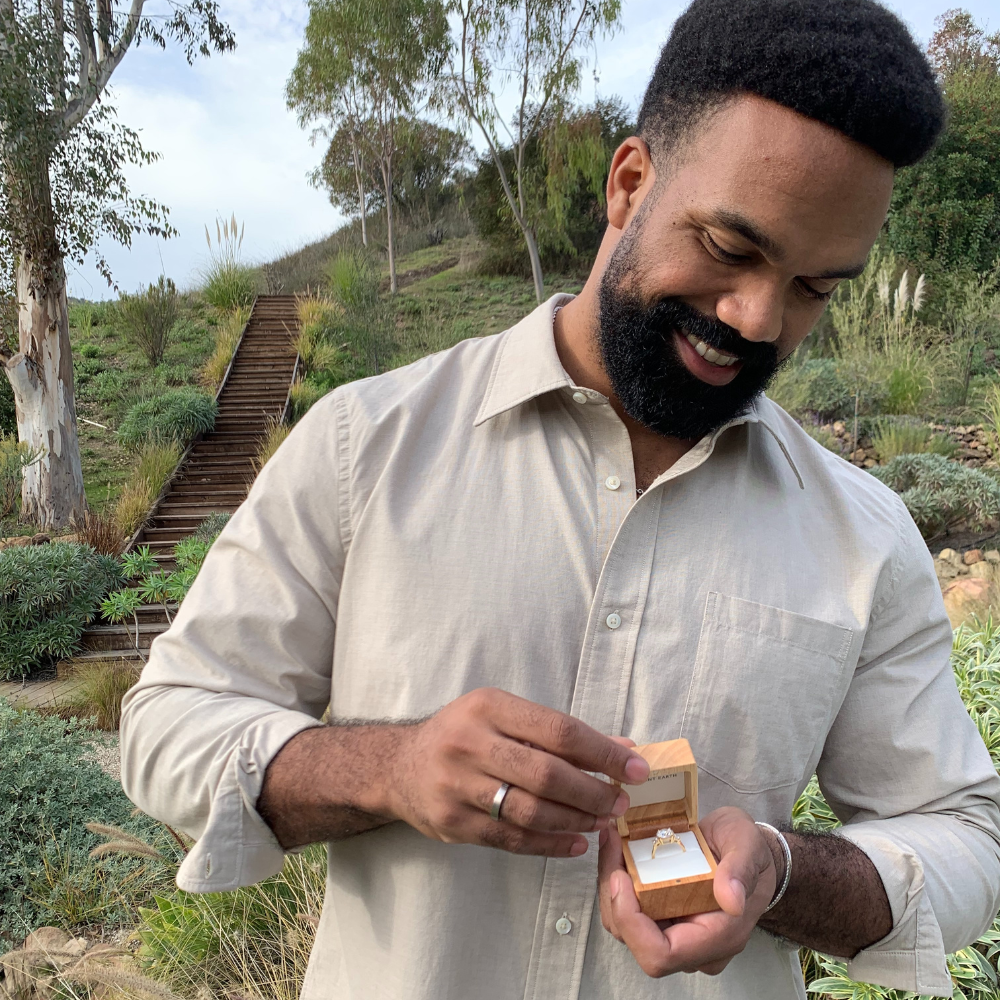Announcing an engagement is a significant milestone that calls for careful planning and consideration. This guide provides details on the etiquette surrounding engagement announcements and offers a variety of creative ideas for sharing your exciting news.
What to Do Before You Announce Your Engagement
Before making your engagement public, there are essential steps to ensure everything goes smoothly and respectfully:
- Inform immediate loved ones first. The first people to know about your engagement should be your closest family and friends. Sharing the news personally with those closest to you before making a public announcement is a thoughtful gesture that shows respect and consideration.
- Choose the right time. Consider the timing of your announcement. Avoid significant dates that might overshadow other events or celebrations to make sure your news gets the attention it deserves.
- Prepare for questions. Once your engagement is announced, you will receive numerous questions about wedding plans, dates, and venues. Having some preliminary answers or responses ready can help manage these inquiries smoothly.
- Coordinate with your partner. We recommend making sure both you and your partner are aligned on the details and timing of the announcement.

How to Announce the Engagement
Announcing your engagement can be done in a few ways, each catering to different preferences and circumstances. Here are some methods to consider:
- Personal Announcements: Share the news in person with close family and friends. This can be done during a family gathering or an intimate dinner party.
- Formal Engagement Party: Host an engagement party where you can celebrate and announce your engagement simultaneously. This allows you to share the news with loved ones in a festive environment.
- Phone Calls and Handwritten Notes: For those who appreciate a more personal touch, making phone calls or sending handwritten notes to announce your engagement can be very meaningful.
- Social Media: Announcing your engagement news on social media is a popular choice. It allows you to share your exciting update with a broader audience instantly.
- Traditional Newspaper Announcement: Some couples opt for a traditional approach by announcing their engagement in the local newspaper. This method adds a touch of formality and nostalgia.
10 Engagement Announcement Ideas
Here are ten creative and memorable engagement announcement ideas to inspire you:
- Photograph Reveal: Capture a beautiful photo of you and your partner showcasing the engagement ring. This can be posted on social media or sent as a digital card.
- Video Message: Create a heartfelt video message announcing your engagement. This can be shared via social media, email, or during a virtual gathering.
- Surprise Engagement Party: Host a surprise engagement party where you announce your engagement to guests upon arrival.
- Involve Your Pet: If you have pets, include them in the announcement. A photo of your pet with a sign saying “My humans are getting married!” can be adorable and personal.
- Custom Illustrations: Commission a custom illustration of you and your partner to use as the announcement. This can be printed as cards or shared digitally.
- Destination Announcement: If you got engaged while traveling, use a scenic photo from the trip to announce your engagement.
- Holiday Reveal: Announce your engagement through holiday cards, adding a seasonal touch to your exciting news.
- Puzzle Announcement: Send out puzzles to family and friends that reveal your engagement once assembled.
- Themed Photo Shoot: Plan a themed photo shoot that reflects both of your personalities or shared interests and use the photos for your announcement.
- Creative Caption: Share a photo of the engagement ring with a clever or romantic caption, making it clear that you’re engaged.
Announcing your engagement is a joyous occasion that can be shared in thoughtful and creative ways. Whether you choose a traditional approach or one with a modern twist, the key is to celebrate your love and happiness with those who matter most.






